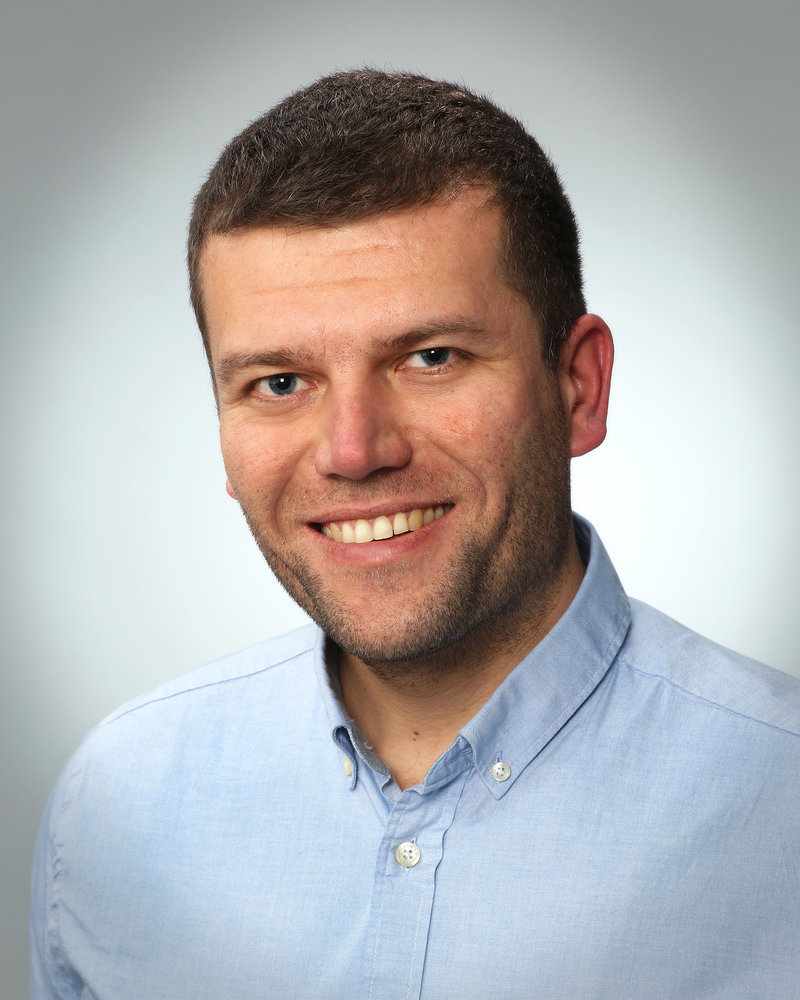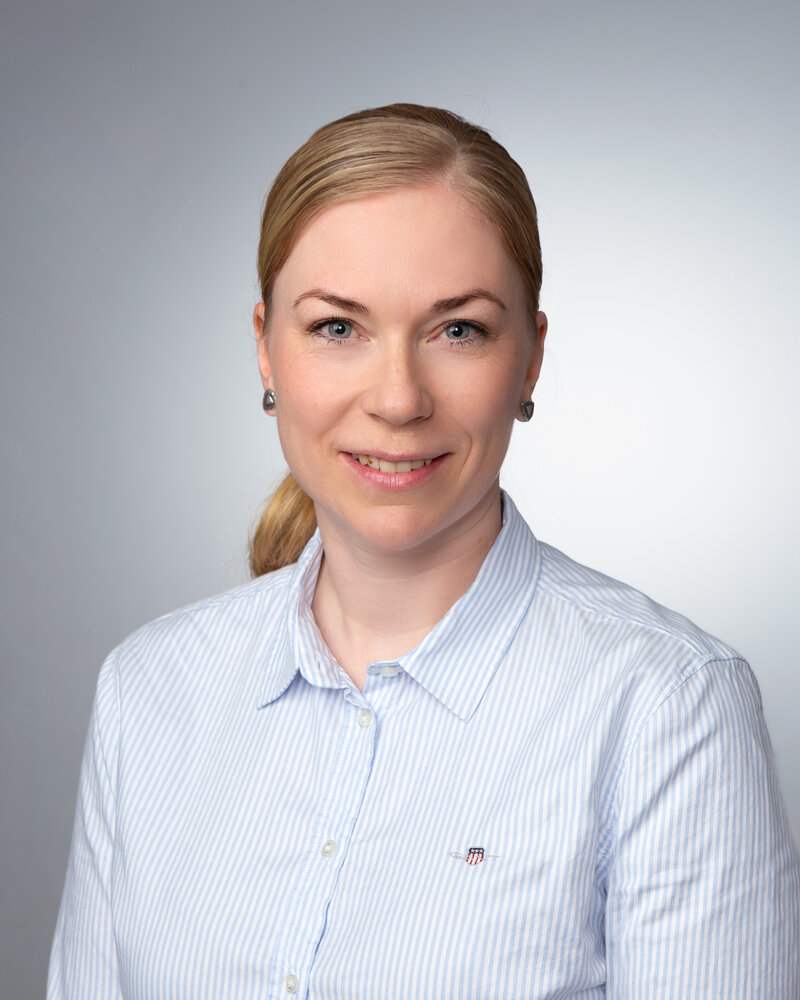Commissioned thesis
Are you looking for new ideas to further develop the operations of your organisation? You can commission a student to write a thesis.
Increasingly more students want to write their thesis for a company. Students find the work meaningful when they have the opportunity to be involved in solving problems or development tasks in a real company and the knowledge they produce is put to concrete use.
Through the collaboration, the employer gains access to the latest research information, valuable insights into their own operations and expertise for their organisation. A thesis can also bring new perspectives and solutions to the employer’s problems. Offering a thesis topic is a great way of networking with the talent of the future.
What is a Master’s thesis?
A Master’s thesis and a Master’s thesis in engineering are theses that allow students to demonstrate proficiency in their academic field and to apply what they have learned in their Master’s degree studies to practical problems. In the field of engineering, the thesis written at the end of the degree is called ‘diplomityö’ in Finnish, and it covers a topic related to a professional field. In other fields, the Master’s thesis is called ‘pro gradu -tutkielma’ in Finnish.
Theses are large-scale, independent projects that require students to commit to the work full-time for about six months.
What kind of topics can an employer commission a thesis on?
In cooperation with the business world, the thesis project usually proceeds in such a way that the company determines the topic of the thesis and the university determines the academic processing of the contents and the related guidance.
Students at the University of Vaasa graduate as experts in the fields of business, technology, administrative sciences or communication. The thesis topics may be related to management, accounting and finance, marketing and communication as well as technology and innovation management.
The thesis requires students to commit to the work full-time for about six months. The topic should, therefore, be limited so that the work can be completed with this amount of time.
The student must always obtain the thesis supervisor’s approval for the topic. This is to ensure that the topic is relevant to the student’s area of specialisation and that the student has access to sufficient up-to-date research information in the field to enable the research to be completed within the framework of the thesis.
You can browse the Master’s theses written at the University of Vaasa in the publication archive Osuva.
What should be included in the commissioning agreement?
Once a thesis author has been found, it is important to agree on the details of the thesis. The commissioning agreement should include, for example, the following:
- The objectives and scope of the thesis
- The timetable and amount of work required to complete the thesis
- Guidance for the thesis and contact with the supervisor
- Remuneration for the thesis
- Possible confidential materials
- Possible commercial use of the thesis results
How should the student be remunerated for the thesis?
We recommend that the thesis be carried out in an employment relationship. In this case, the student and commissioner sign an employment contract which includes the conditions related to the completion of the thesis in addition to the usual conditions of employment. The thesis author may also be paid a grant, expenses compensation or a taxable fee for the thesis.
Publicity of the thesis and confidential background material
Theses are principally public documents which are accessible to all interested parties. This is to ensure an objective and fair evaluation of the theses.
However, public theses will not include any trade or professional secrets of the commissioner, but these will be left in the confidential background material. If a thesis addresses confidential information, its use will be agreed in advance between the commissioner and the thesis supervisor.
You can contact us at
opinnaytetyot@uwasa.fi
















